Meiosis I
First Meiotic Division - Process of meiosis is start with the interphase like that of mitosis and DNA duplication takes place at the premeiotic “S” phase. The first meiotic division consists of prophase 1, pro metaphase1, metaphase 1, anaphase 1, telophase 1. Stages are described below-
Prophase I
Description of the sub stages of the prophase I -
Leptotene
Definition of Leptotene – The substage where chromosomes appear as single thread like structures bearing chromosomes. It is the first visible stage where meiocyte together with their nuclei appear longer and prominent than the neighbouring cells.
Some important events of Leptotene-
1. Nucleus become dehydrated, as a result chromatin network loosens to form thin, uncoiled, slender chromosomes.
2. Chromosome have a definite configuration ,whereas the granular chromomeres are arranged at irregular intervals along their length.
3. In case of some plant cells the chromosomes clump at the side of the nucleus called synthesis.
4. In case of animal cell, the bouquet stage or polarised stage occur due to specific orientation of chromosomes in such a way that the converged ends form multiple loops of chromosome on one side of the nucleus.
5. The divided centrioles gradually move towards the opposite poles 180° part.
6. Each centrioles duplicates into two but remain within the single diplosome.
Zygotene or Zygoneme:
Definition of Zygotene - In this stage pairing of homologous chromosome and formation of symptonemal complex takes place.
Important characteristics of this stage-
1. Homologous chromosome pairs lengthwise by the phenomenon of synapsis, that takes place in different chromomeres. Pairing of homologous chromosome occurs in zipper like pattern and the paired chromosome is called bivalent chromosome.
2. The process of synapsis starts at one or more points along the length of the chromosome and it continues along the length of the chromosome.
3. Synapsis are of different types. These are -
* Proterminal synapsis -
* Proventriculus synapsis -
* Intermediate synapsis-
* Localised or random synapsis -
4. During synapsis, axial differentiation occurs in between the chromosome, that is form a protein band and is termed as symptonemal complex. The paired chromosome lie on the either side of the complex which stabilizes the homologous chromosome and crossing over or recombination takes place.
5. The shortening and thickening of the chromosomes and nucleus is still visible.
Pachytene or Pachyneme-
Definition of Pachyneme: It is the stage in which crossing over and recombination of chromosome parts or genes between homologous chromosomes takes place.
Important
Characteristics of Pachytene -
1. Bivalent chromosomes become more prominent due to continuous thickenings and shortening but they may remain in spirally twisted condition.
2. At the mid pachytene stage each homologous chromosome cleaves longitudinally except the centromeric regions.
3. Chromatids of the same chromosome are called sister chromatids.
4. The four chromatid of the bivalent is known as tetrad.
5. In this stage chromosome of bivalent remain intertwined condition.
6. Crossing over takes place at this condition.
7. The nucleus remain attached with the specific chromosome by nucleolar organisers.
Definition of Diplotene - The stage of meiosis where the non sister chromatids of homologous chromosome touch each other followed by their separation.
Important
Events of the Diplotene-
1. Desynapsis is initiated means the separation of homologous chromosome takes place.
2. It remains incomplete because in some points of the non sister chromatids remain attached and is called chiasma.
3. Chromosome become shorter, thicker and the nucleus is less distinct.
4. The terminal chiasmata when slip off from the terminal ends and it’s place is taken by the interstitial chiasma is called terminalization.
5. Number of chiasmata gradually decreases with the process of terminalization.
6. Some infolding and RNA synthesis are observed in chromatids.
7. At the point of chiasma the bivalent arms are start to rotate.
Diakinesis:
Definition of Diakinesis - In the stage of diakinesis reduction in number of chiasmata take place.
Some important characteristics of Diakinesis-
1. In this stage nucleus get detached from the nucleolar organisers of a particular chromosome and disappear.
2. Bivalent of the chromosome become more contracted.
3. Terminalization and rotation continues in this subphages.
4. At the end of this stage the nuclear membrane disappear.
Metaphases I
Definition of Metaphase – It is the second stage after prophase I where homologous chromosome are arranged along the metaphase plate due to attachment of the centromere by the spindle.
Some important characteristics of Metaphase I are –
1. In animal cell spindle is formed between the two centrioles, as they remain 180° apart.
2. Homologous chromosome pairs are arranged on the equatorial plane in a way that their centromeres remain on the two sides of the metaphase plate. That is directed towards the opposite poles while their chromatids remain at the metaphase plate.
3. Repulsive forces between the homologous chromosomes increase which tends to separate them.
Anaphase I:
Definition of Anaphase – It is the third stage after metaphase 1 where anaphasic movement of chromosome is observed.
Important Characteristics of Anaphase-
1. Each of the homologous chromosome with their two chromatids and undivided centromeres which is called dyad moves to respective poles by the specific process which is known as disjunction.
2. Anaphasic movement of chromosome is initiated like mitosis by the co ordinate effect of the contraction of chromosome fibres and elongation of the continuous fibre.
3. The chromosome are distinctly separated into chromatids which is united at the centromere.
4. Chromosomes of the each pole is reduced half of the meiocyte or haploid because of disjunction.
5. One of the two chromatids that remain unchanged is of parental type while the other one is changed that is called recombinant type due to crossing over.
Telophase I:
Definition of Telophase - It is the last phase of the meiosis I where hydration of nucleus and chromatin thread disappeared.
Important Events of Telophase –
Major events of telophase I are –
1. Chromosomes that reach the two poles and the nuclear membrane remain reorganized.
2. Chromosome become dispiralised.
3. In this phase nuclear reticulum and nucleolus reappear.
4. Two daughter nuclei are formed on the opposite poles with haploid number of chromosome after the reduction.
5. Due to hydration of the nucleus, chromatin thread disappeared.
Recent Articles
-
Formed Elements of Blood | Erythrocytes | ESR |Leukocytes |Neutrophils
Jan 15, 26 01:25 AM
Formed elements formed elements are constitute about 45 % of blood afeias haematocrit value packed cell volume mostly of red blood corpuscles and are of 3 types- erythrocytes, leukocytes and blood pla… -
What Is Plasma? | Blood Plasma | Proteins | Nutrients | Cholesterol
Nov 07, 25 10:29 AM
Blood is a mobile fluid which is a connective tissue and is derived from the mesoderm like cell any other connective tissue. Colour of blood is reddish and that flows inside the blood vessels by means… -
Disorders of Respiratory System | Tuberculosis | Pleurisy | Emphysema
Oct 28, 25 11:39 PM
Tuberculosis is very common disease and is caused by a type of bacteria called Mycobacterium tuberculosis. This disease causes different trouble in the respiration and infection of several parts of th… -
Regulation of Respiration | Respiratory Centres | Inspiratory Area |
Oct 14, 25 12:13 AM
Respiratory Centre is the area that controls the rate of respiration and it is observed to be located in medulla oblongata and pons. Respiratory Centre has the following will dispersed components like… -
Explain Transport of Gases | External Respiration | Tissue Respiration
Oct 09, 25 11:35 PM
In humans gaseous exchange is completed in the following ways the steps are - External Respiration or Breathing - Breathing in false taking in of Oxygen and giving out of carbon dioxide in the body. M…
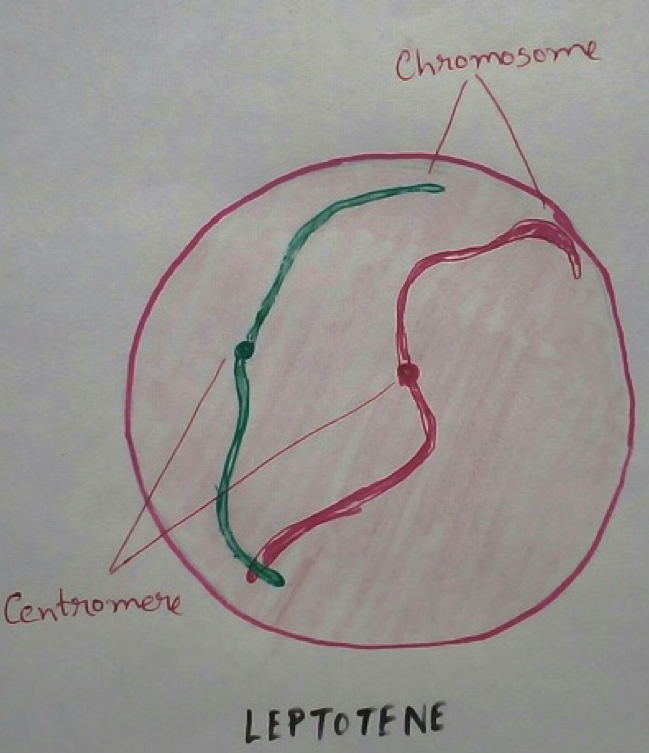
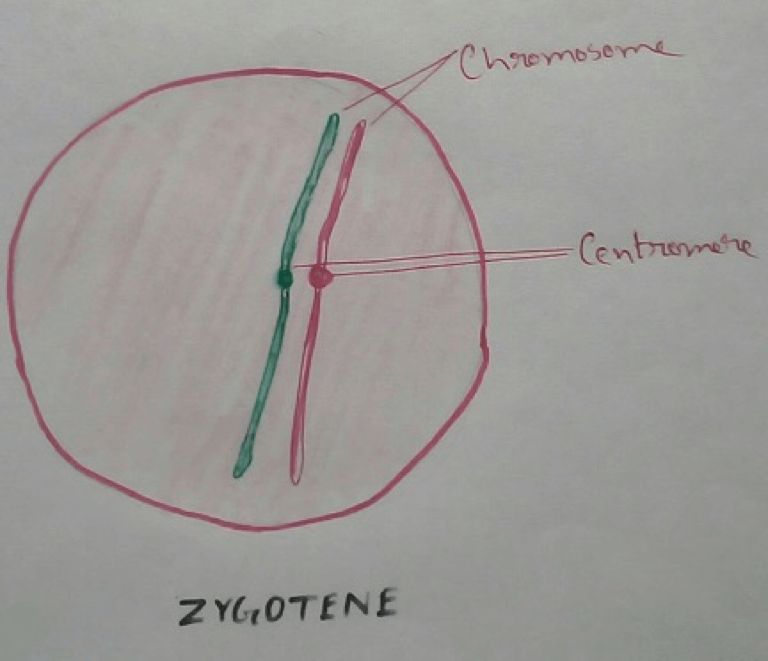
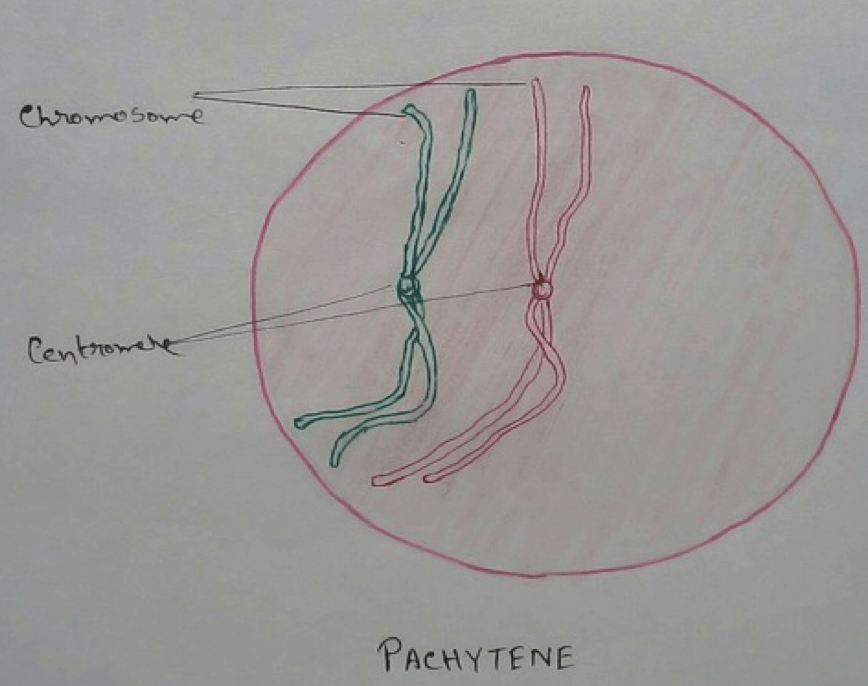
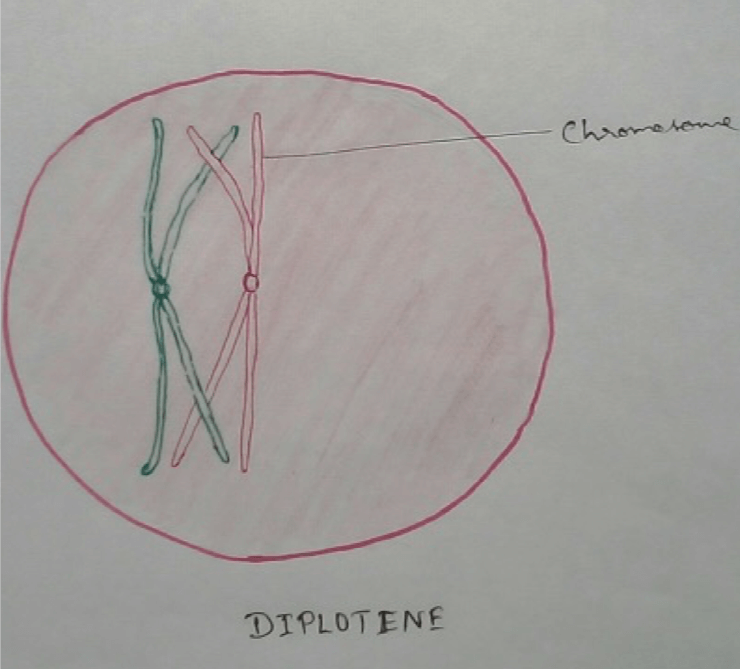
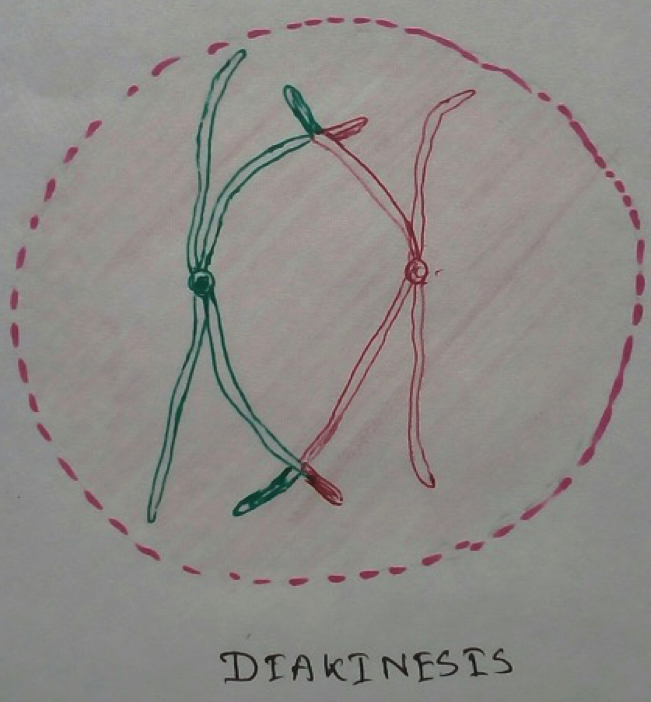
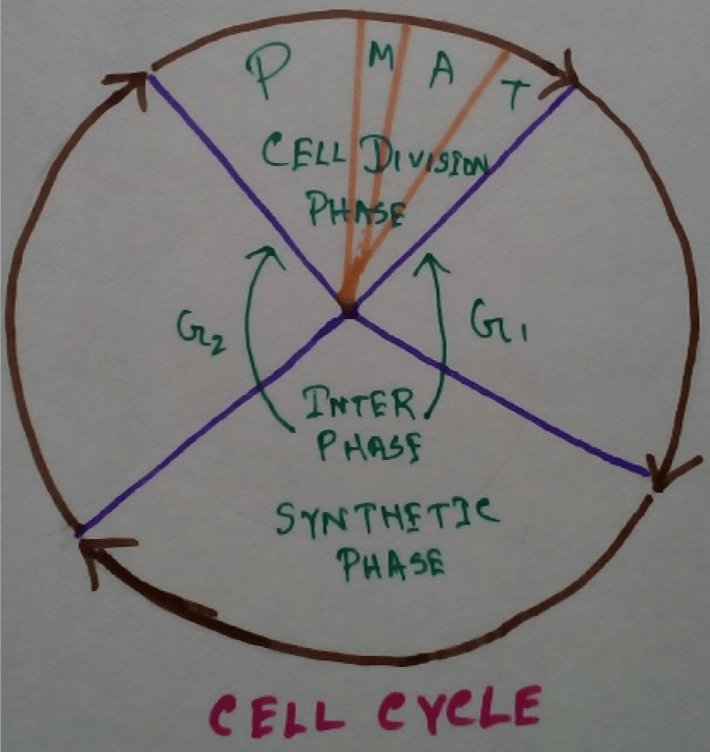
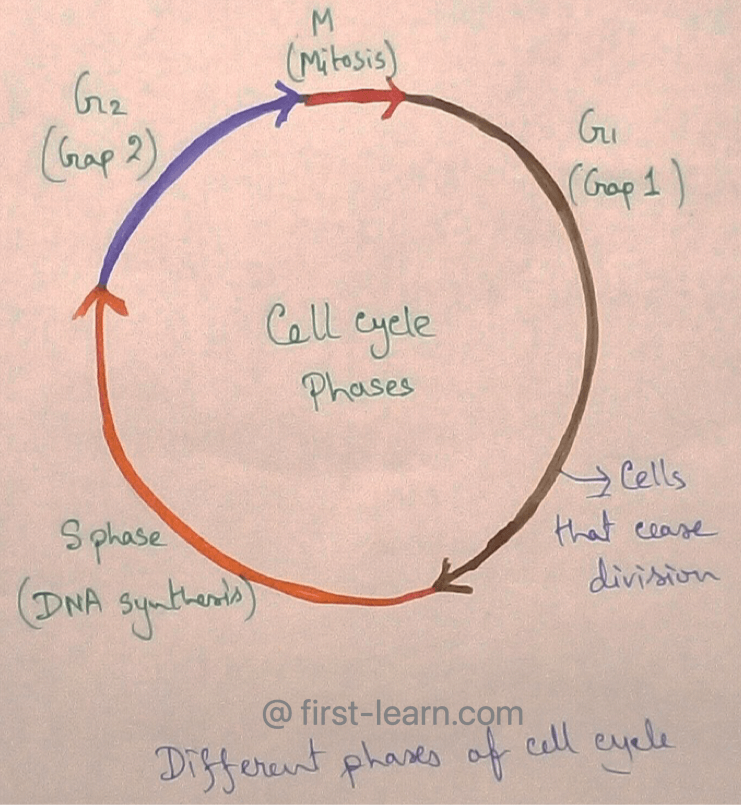
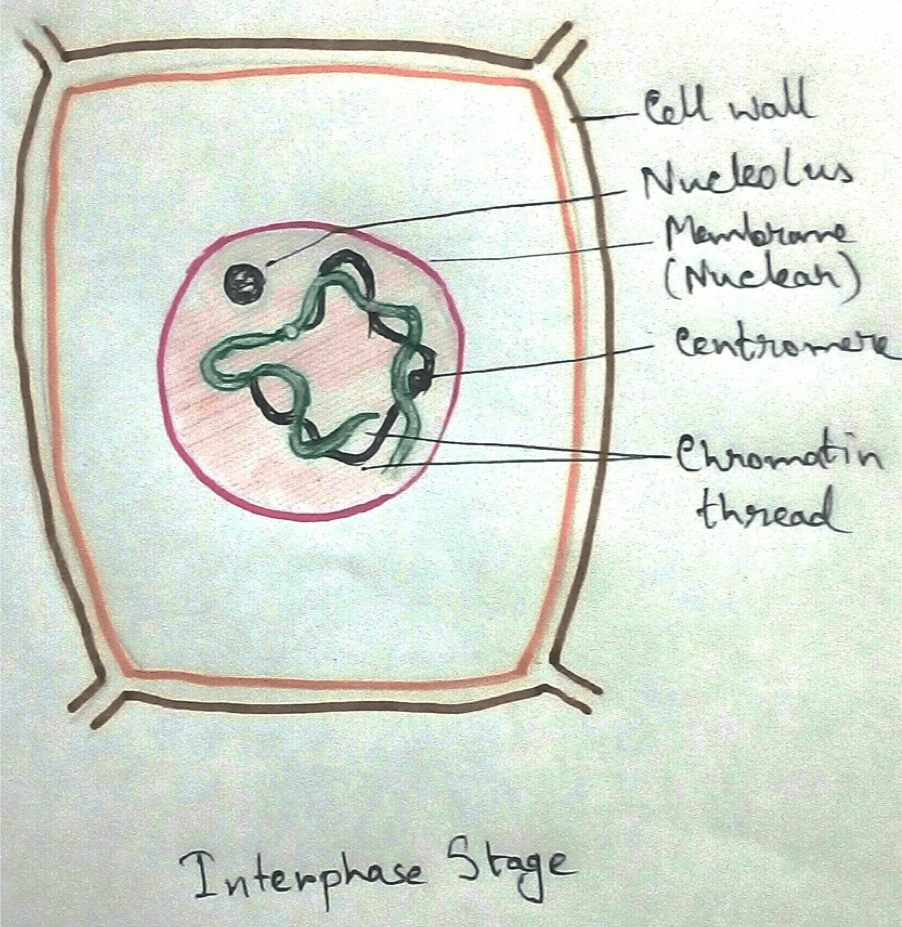
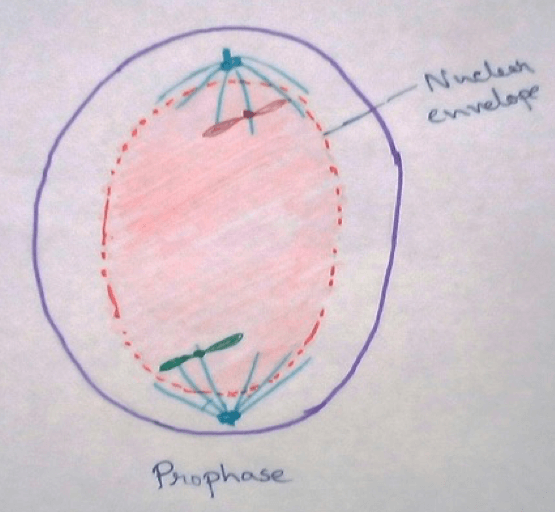
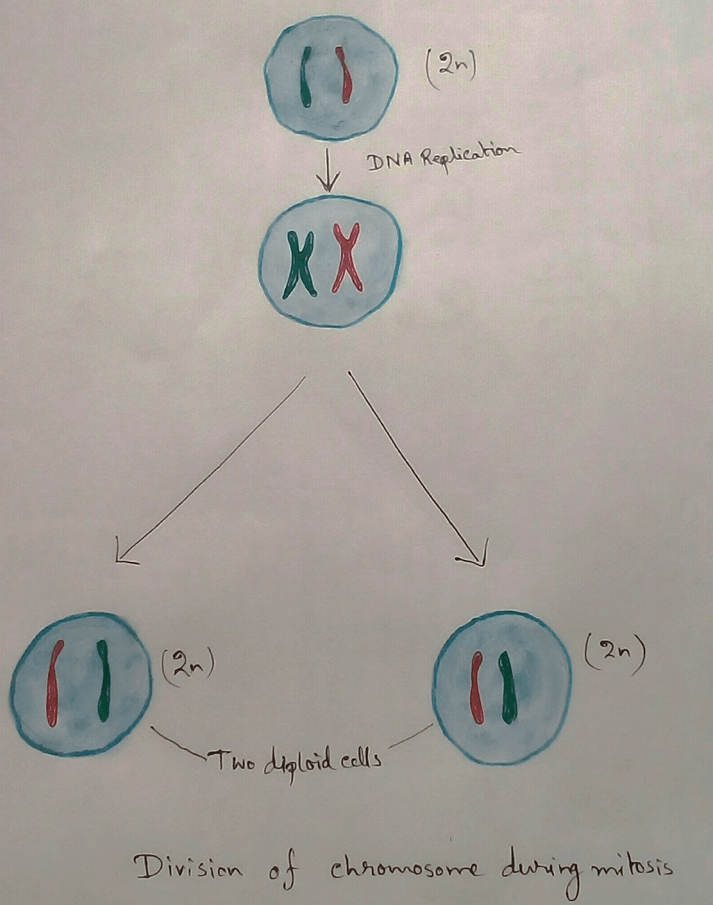
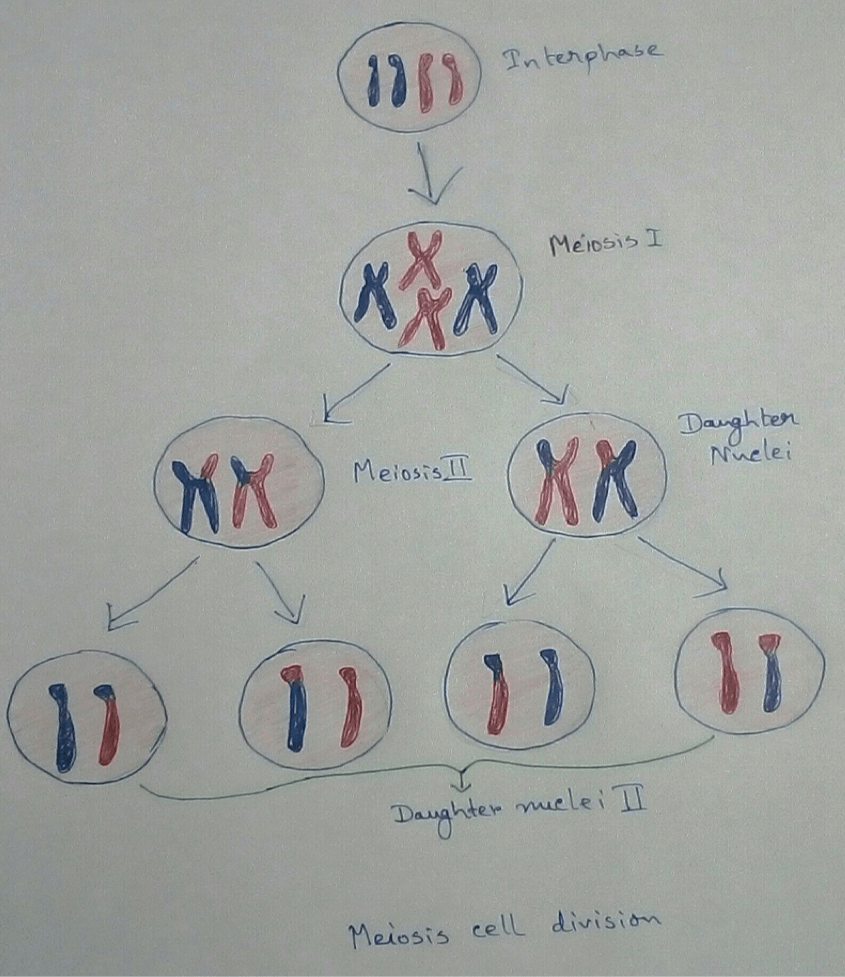
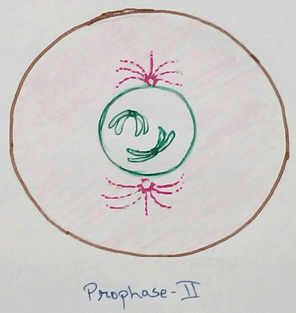
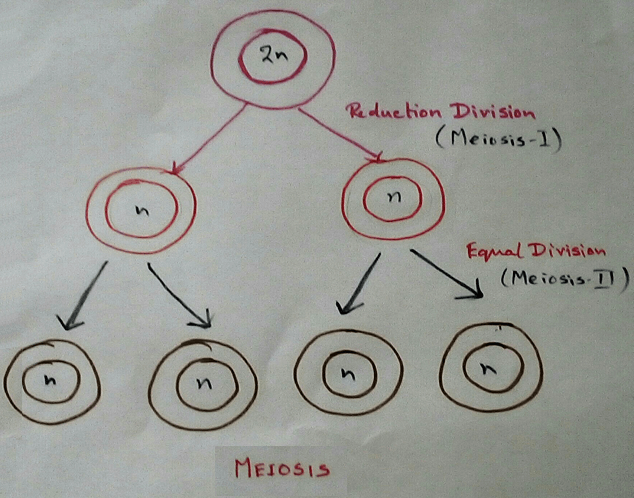

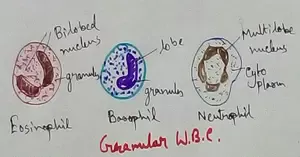



New! Comments
Have your say about what you just read! Leave me a comment in the box below.